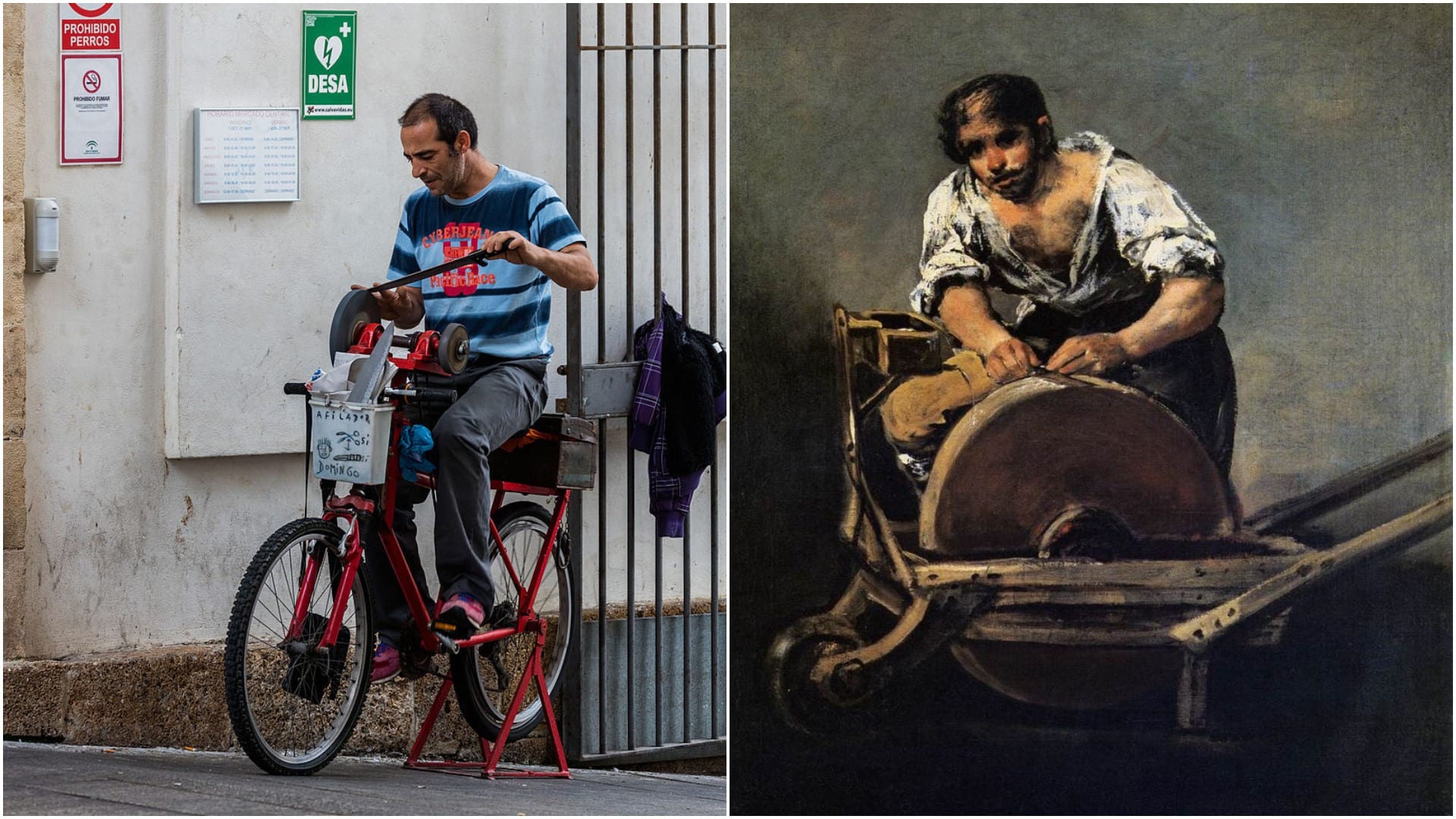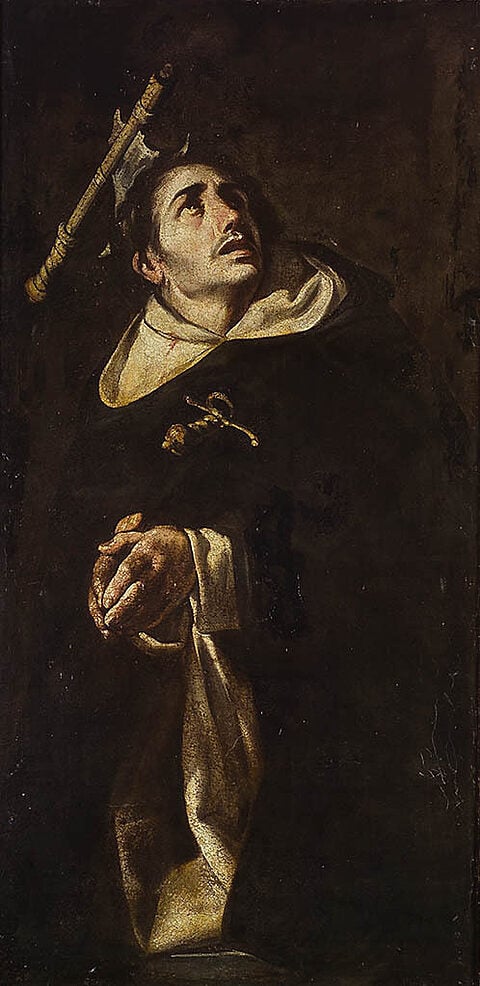
THIS is the moment an afilador was filmed doing the rounds on the Costa del Sol this morning.
Translated as ‘sharpener’, the long-held tradition sees the man whistle a little tune to residents to let them know he is available to sharpen their knives and tools.
After hearing the notes played on the chiflo, a flute-like instrument, residents come outside and pay €3 to €5 to have their cutlery made brand new.
Afiladores have been working the streets of Spain since the 17th century but there are now very few left.
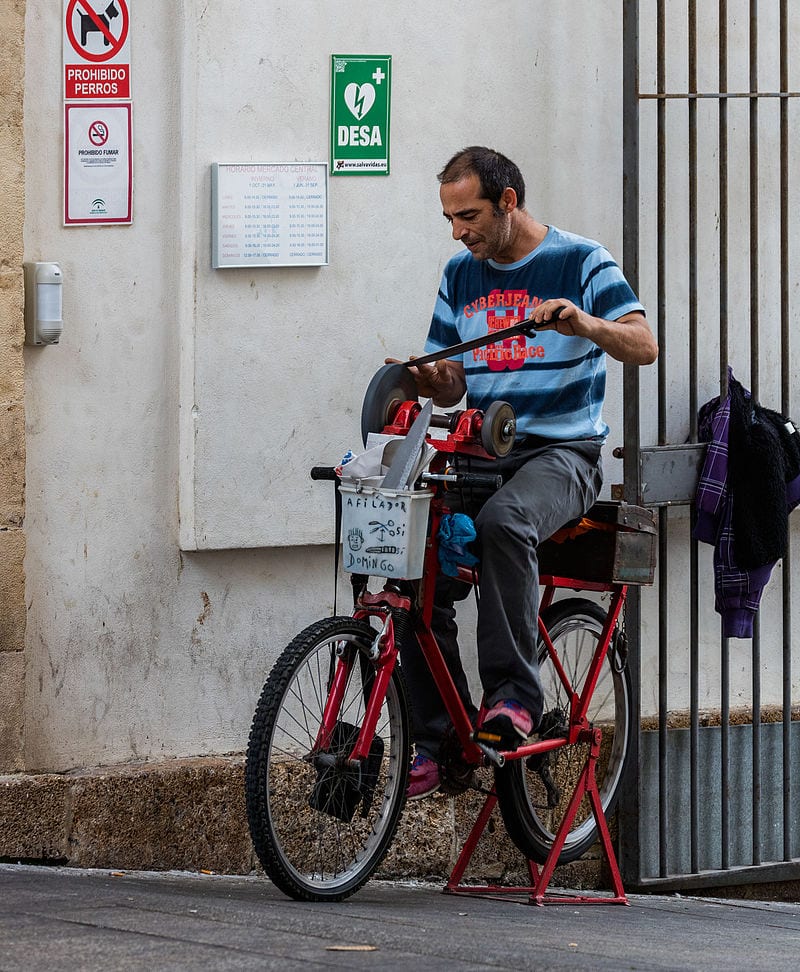
The throwaway culture of the western world has seen their business dry up.
As of 2014 there were only five estimated to be working in Madrid, for example.
“They used to come TWICE per day and would make a much better living,” local Beatriz Sanllehi told the Olive Press.
“Now they come just once per week.”
First records of the ‘sharpeners’ in Spain come from Galicia, where the mobile workers used stone wheels (‘tarazanas’), which they carried on their backs.
Throughout the 20th century, the wheels were replaced with more modern equipment and saw the workers upgrade their transport from foot to bicycle, motorbikes and in some cases vans.
“Years ago they would charge more and there were a lot more,” added Sabinillas local Hector Santaella, “it would be around 100 to 500 pesetas.
“It’s a shame that these traditions are dying out.”
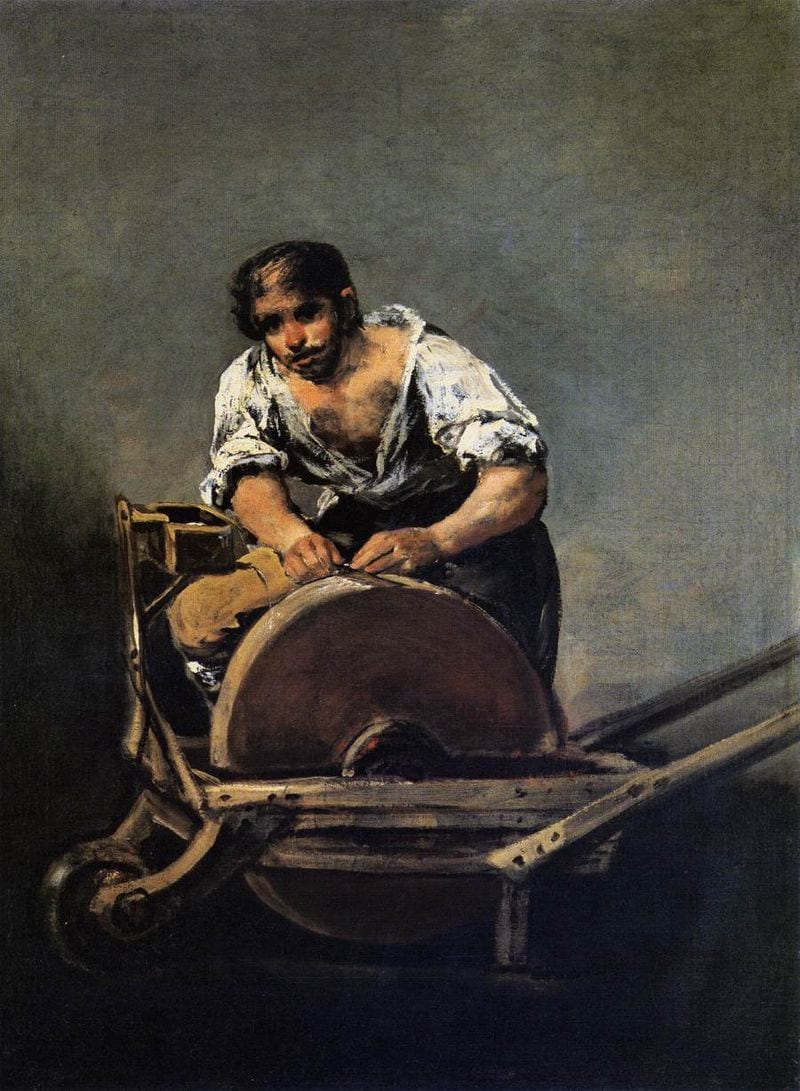
Two great artworks have also documented the tradition.
El Afilador was painted by Francisco de Goya in around 1808 and shows a single sharpener at work, hunched over his stone wheel.
The painting, which was for Goya’s home in Madrid, is thought to have been a symbol of resistance.
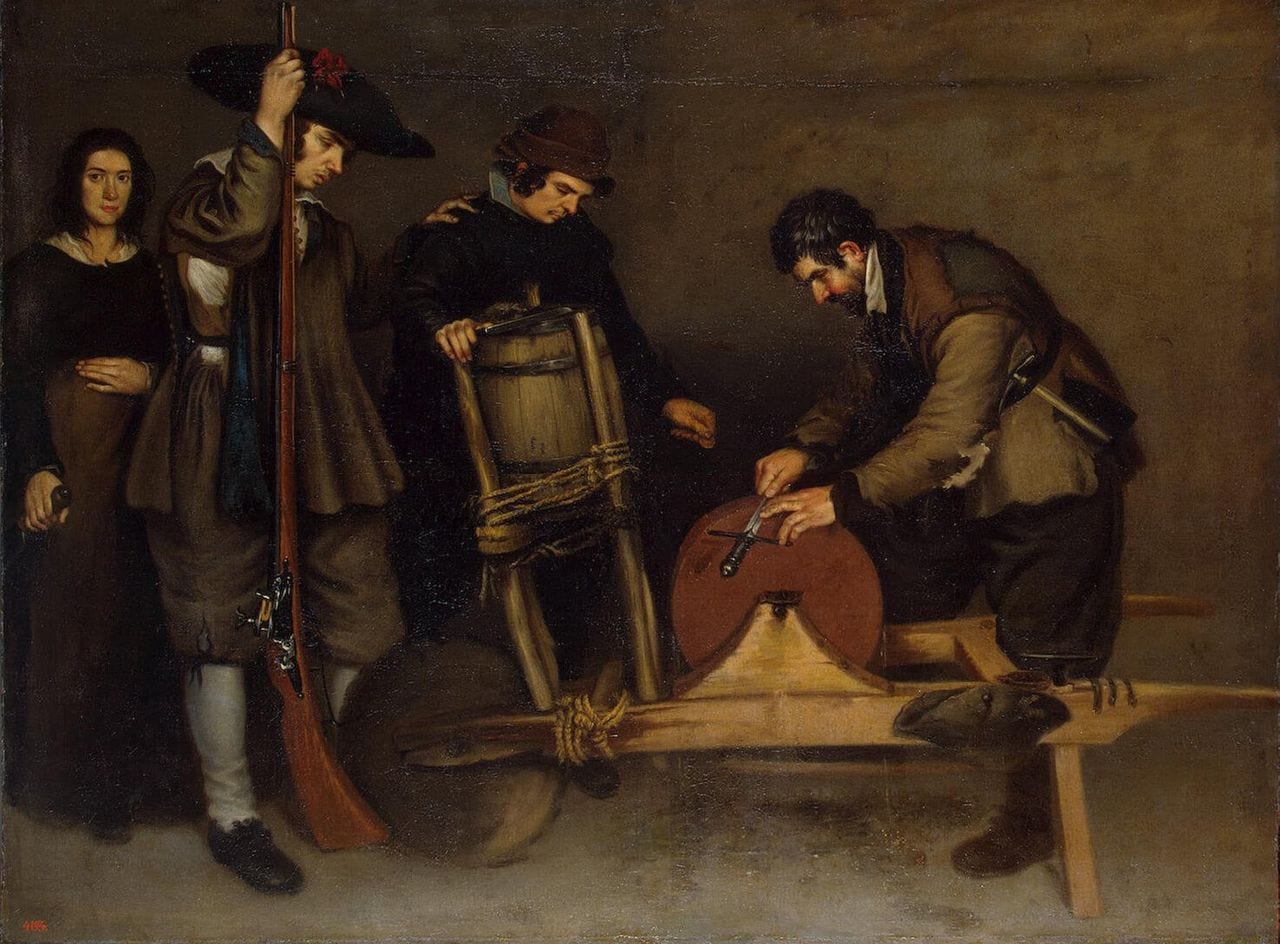
This man was in charge of having the knives ready, the very weapons which, at the time, were being used by the common people against Napoleonic troops.
Spanish great Antonio de Puga also documented the tradition in his 1640 work El Amolador, which is now hanging in St.Petersburg.
Click here to read more Spain News from The Olive Press.

